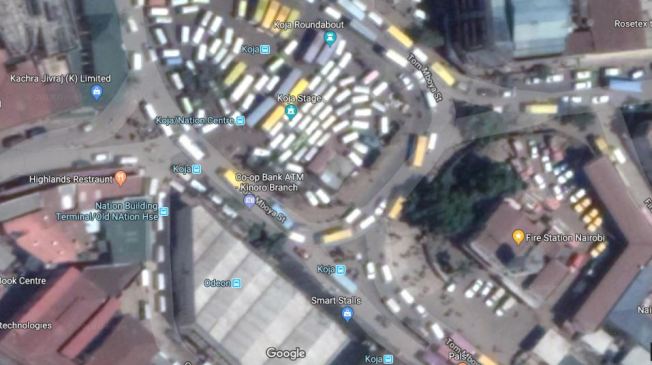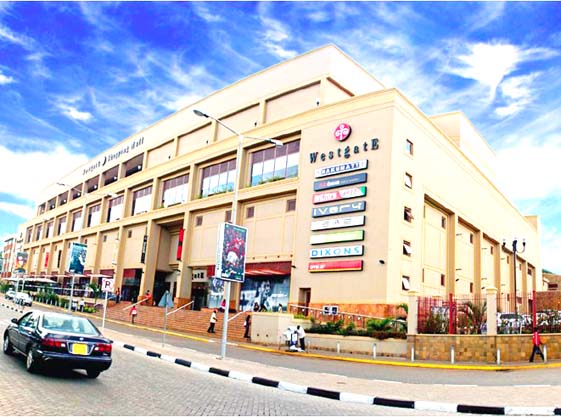Well, of course it will. What we don’t know yet is whether it will thrive.
More than four months after its Valentine’s Day opening, I finally deigned to venture down the first time. A friend and I went on a Sunday night.
There was not too much business, but I do remember Nove Coffee was packed. There was a decent crowd around CK Square (haha!), but they were attracted by the football on the large screen, and below, the fountain lights.
I decided to hold off on an opinion and returned later, this time alone.
It happened to be Idd that night. You knew right from the main entrance, with the surging throng of excitable Somali boys. For Idd, Two Rivers was the destination, and the place was heaving.
At the entrance were these two Nissan matatus these young men had rented which couldn’t get any further, because security. Inside was a total bedlam, with one halal restaurant doing a roaring trade by the water. The escalators also got a thorough structural test, with all the children climbing, stamping, hiking up and down.
But what about business on a typical, non-Idd day? What will happen when the new sheen wears off ? A couple of things.
Right off the bat, a couple of stores showed promise, including LC Waikiki, the Turkish clothing company, Carrefour and Nove Coffee. They did a brisk trade, and I particularly loved Carrefour’s fish selection, including octopus, squid and salmon from Norway. Great stuff.
Anyone who manages to sell both halal meat and pork in the same shop understands what business is about; catering to your customers and giving them choices, not forcing them to live the way you want.
Supermarkets have caught on to this, but restaurants are failing. Going sneaky halal behind your customers’ backs is not giving choice, but dictating. If halal customers are that many, then it’s totally worth your while to set up a separate halal kitchen. Pizza Inn and Debonairs, I’m looking at you. But I digress.
Some stores weren’t doing too well. Chandarana Food Plus, which can also be found at Rosslyn, was a bit emptier than Carrefour,with some empty shelves and it’s difficult to see how they won’t struggle. They have a good booze section, but they have to compete with Liquor Barrels.
So there are these big name stores that will attract traffic from elsewhere, but then also smaller retailers, who will struggle. I spoke to a retailer with a stall who told me businesses was “alright”, but that their other locations, such Westlands, were more profitable.
The problem at the moment is that Two Rivers has no fixed urban population that depends on it. Before you get there, you must have passed, and passed up, both Village Market and Rosslyn Riviera, which are more immediately accessible to Rosslyn, Runda and Gigiri. Bars, like the Btzek Lounge, which was practically empty when I went will struggle without those resident customers. Banks will survive, since they have customers already.
Then there are threats from neighbours. Rosslyn Riviera has a screaming Java sign, and will be particularly difficult to ignore. But we know an Artcaffe is coming to Two Rivers so we will watch and wait. Also, with the exception of Carrefour, there is very little signage visible from the road that screams brands people know. The dark cladding on the outside is boring to look at.
Another reason to worry is that Two Rivers is unfriendly to foot traffic in the extreme, unlike other malls. There is no proper footpath that acknowledges the pedestrian as a customer, more like “We know you want to come, but we’re cool if you don’t”. Javs disgorge customers at Village Market and it’s a shorter walk to the shops.
There is just something awkward about a person who arrived on foot entering through an underground parking lot, though that won’t bug most people.
Quite a few stores that remain unopened (with the larger-than-life CK smiling at you), and time will tell with these. The launch of BlackUp is a good sign.
Ultimately, the place needs a captive market, some residents. So we’ll have to wait for Two Rivers Apartments to really see.


